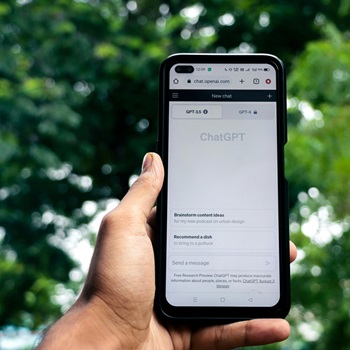Update (5 March 2015): At a social media-focused event FleishmanHillard hosted last week in Brussels, one of the attendees flat out disagreed with me that LinkedIn was a viable means of doing anything but finding a job. I am so glad he spoke up and I think LinkedIn would be too.
LinkedIn is proud to boast that its users now interact 8 times more with content on the platform that’s not job-related. It’s quietly grown into a powerful social channel where thought leaders are bred and real-life outcomes are possible because more than any other social platform, real-life relationships and reputations are on the line.
If you haven’t started looking at LinkedIn differently lately, maybe it’s time. It’s potential has only begun to be tapped in the Brussels bubble and broader EU policy context, and those prepared to “get in on the ground floor” stand to reap the benefits.
Here’s hoping the post below (from July 2014) rekindles the debate…
If you’re sitting in an office in Brussels right now, look around you and type the names of the first five people you see into the search field on LinkedIn. I bet you’ll find that at least four of them (if not all five) have a LinkedIn profile. By finally introducing its publishing platform in Brussels, LinkedIn may offer us the chance to reach our Brussels-based policy audiences like never before—it may have unwittingly positioned itself as the Holy Grail of EU digital policy advocacy.
We all know that Brussels is a small bubble, where it’s never surprising to realise that someone you just met actually knows several people you know. If the entire world is removed by only six degrees of separation, the entire Brussels policy community is most likely divided by just one.
And in a place where even the most technophobic of policy actors have caved into pressure to get on LinkedIn and actively maintain a profile, it’s hard to deny the platform’s potential for reaching them.
How and why it works
About a month ago, LinkedIn opened up its publishing platform to Brussels-based users. This means you can easily blog directly on LinkedIn and your connections serve as a captive audience to help boost your post by viewing, sharing, liking and commenting on your post.
And although the liking and sharing model is nothing new – this is of course how LinkedIn has worked since the beginning—there’s something about publishing content directly on the platform that boosts interactions with your posts far beyond the levels you might reach by simply sharing a link to an article you found or even linking to a blog post on your own site.
Why does it work?
- It’s personal. The posts are always authored by you and the people who know you (your network) are the first to see them. They are naturally curious about what you have to say.
- It’s less work for the reader. With one click the reader can access your post and with a second click, s/he can return to his or her business on LinkedIn.
- It’s specific. Outside of celebrity posters and recognised LinkedIn Influencers, the best performing posts to date are those that speak directly to their target audiences about specific topics that actually matter to them right now.
Best for niche audiences
In any conversation about social channels there’s always the suggestion to declare success only when your engagement levels go through the roof (in fact, I more or less just suggested this above). But for most ongoing policy debates – those happening out of the limelight—reaching thousands of people is not what matters. It’s reaching the right people that counts.
And if there are only 50 major players on a certain file, you have the best chance of reaching all 50 using LinkedIn.
LinkedIn posts are harder to ignore
It’s easy to skip over a piece shared by your LinkedIn network about something broad and up in the clouds like “the Future of Europe.” It’s not as easy to dismiss something about “regulating salt levels in baby food,” if you’re active in a policy discussion on the topic and someone from your network has shared it.
Concrete examples of how to use it?
If there’s one thing I’ve learned about the best posts on LinkedIn it’s that they’re short. And this one is getting too long. Watch this space for more in the coming weeks.
Find Out More
-
Generative AI is changing the search game
May 8, 2025
-
The challenges facing Europe and European leaders at Davos 2025
January 24, 2025


